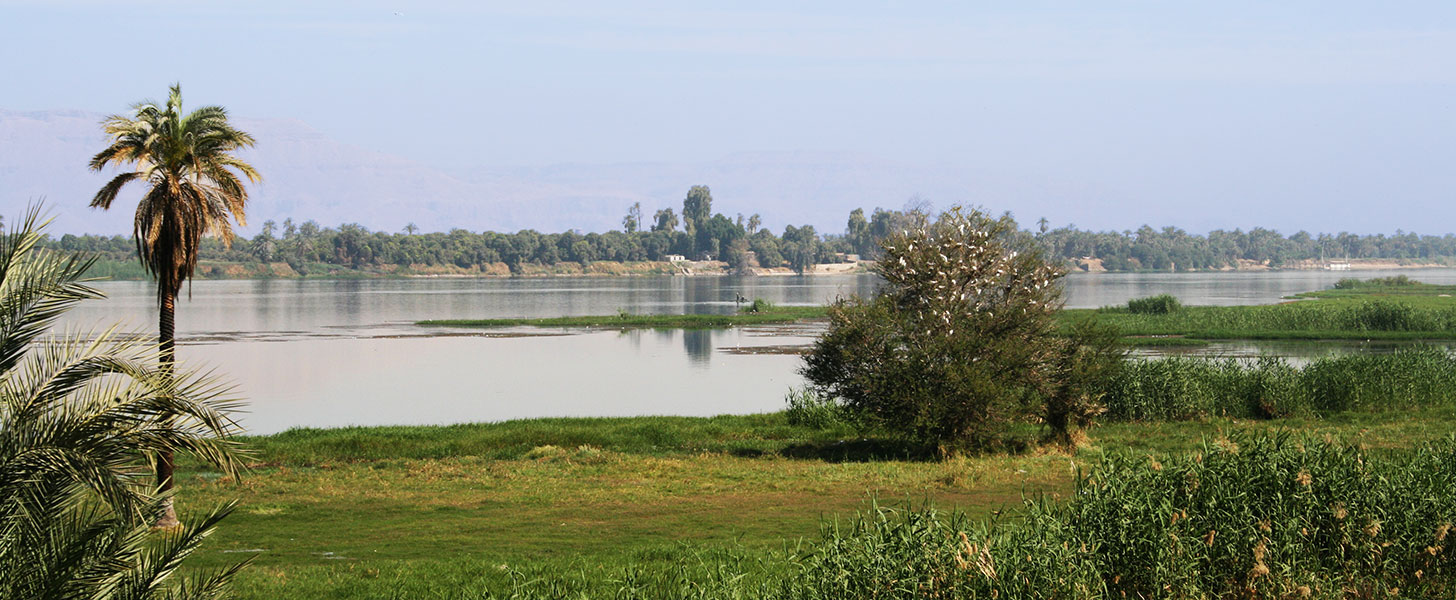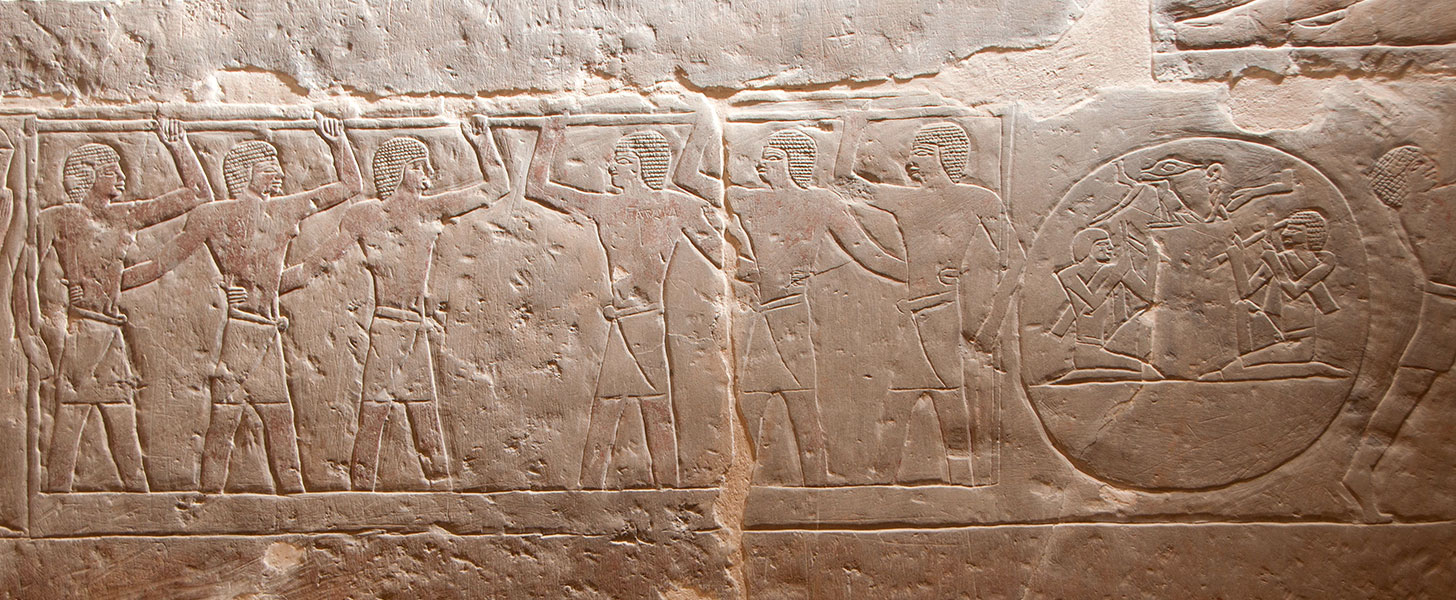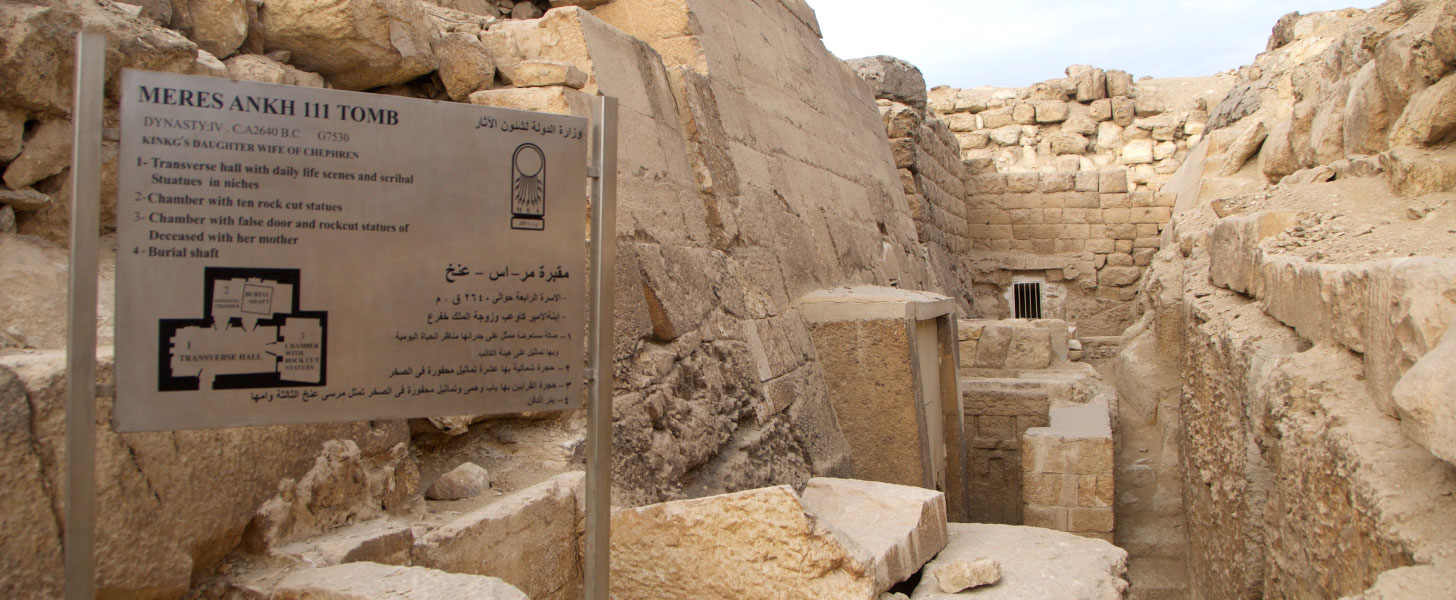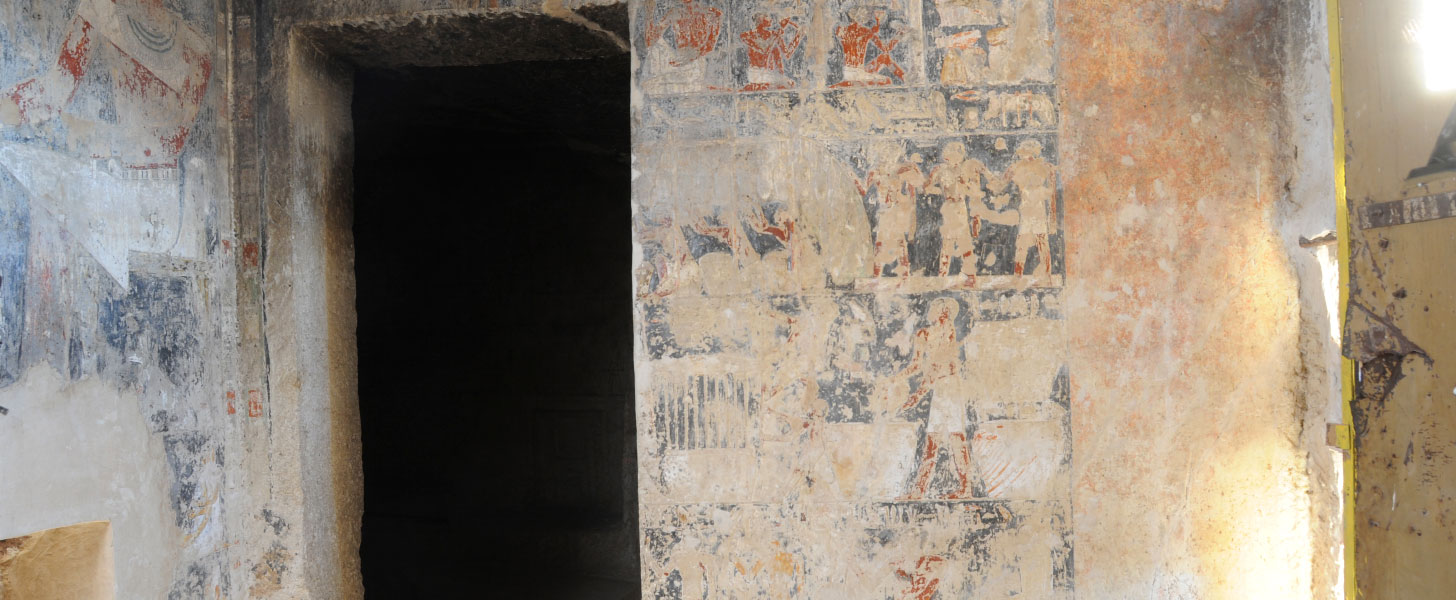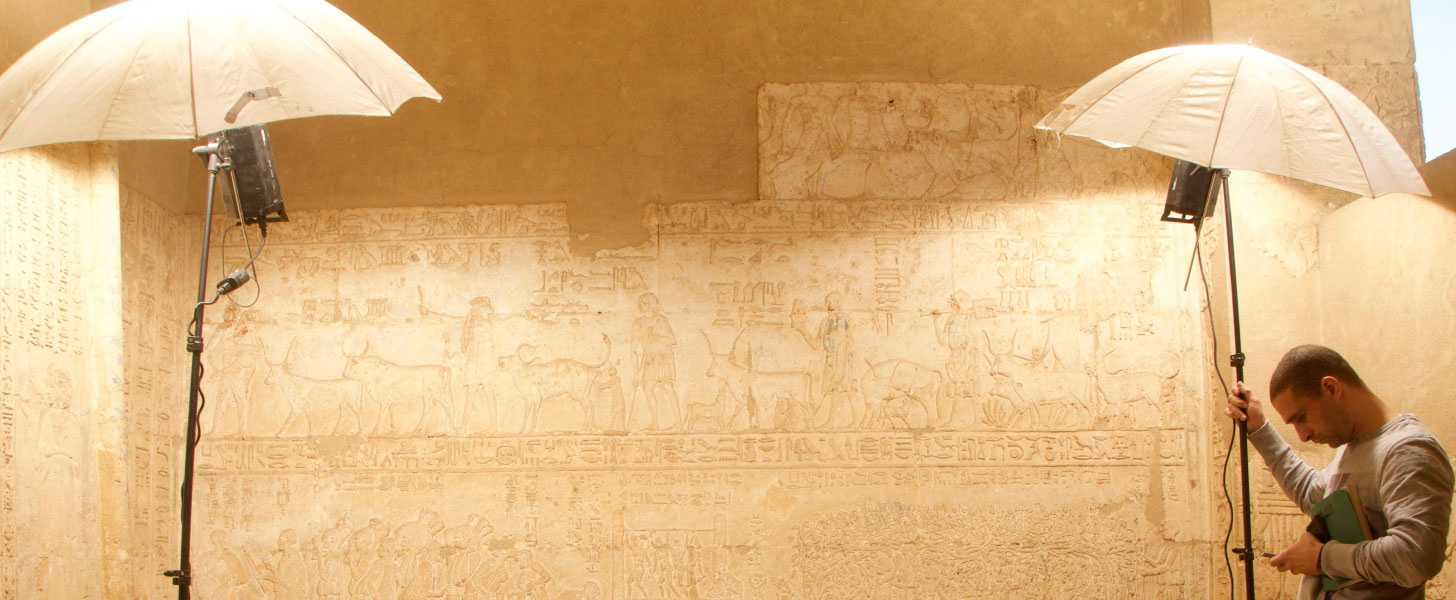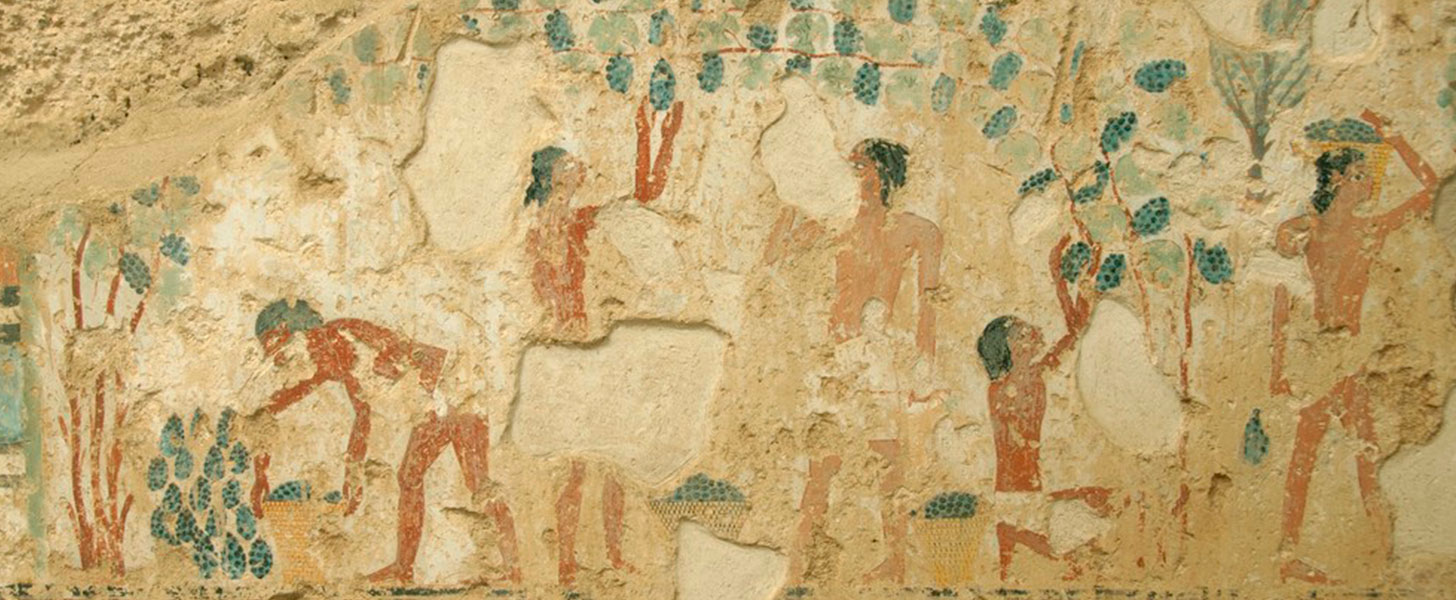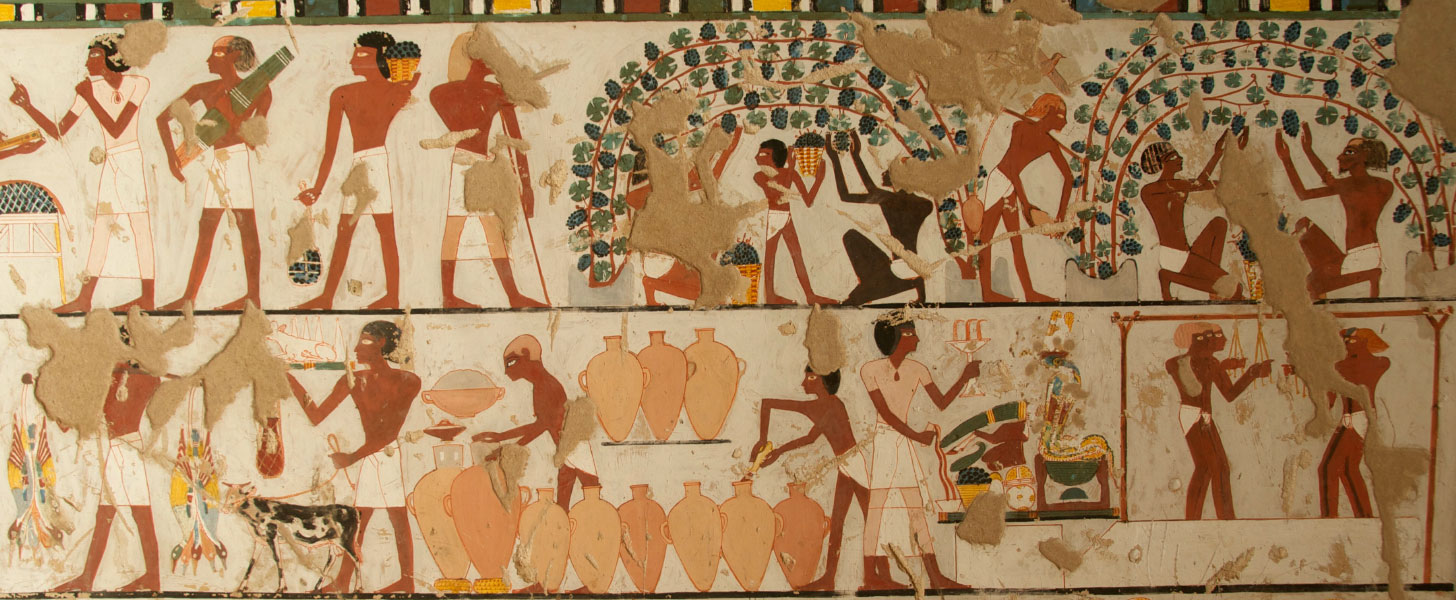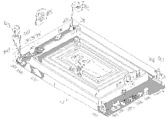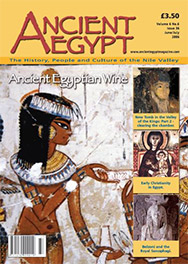Super User
‘Wine’: 548-551, The Archaeology of Food: An Encyclopedia, 2015..
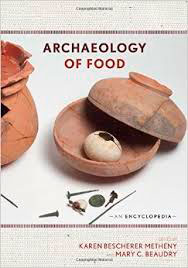 Guasch-Jané, Maria Rosa
Guasch-Jané, Maria Rosa
‘Wine’: 548-551, The Archaeology of Food: An Encyclopedia, 2015.
Entry on wine in The Archaeology of Food: An Encyclopedia. First reference work on the study of food and foodways through archaeology.
Editors: Karen Metheny, Mary C. Beaudry, Archaeology Department, College of Arts and Sciences, Boston University (US).
'Irep en Kemet' Wine of Ancient Egypt: Documenting the viticulture and winemaking scenes in the Egyptian tombs
Guasch-Jané, M.R., Fonseca, S., Ibrahim, M.
ISPRS Annals of the Photogrammetry, Remote Sensing and Spatial Information Sciences, Volume II-5/W1 (2013): 157-161.
XXIV International CIPA Symposium, 2 – 6 September 2013, Strasbourg, France.
Irep en Kemet Project: Creating the corpus of wine in ancient Egypt
Guasch-Jané M.R., Fonseca S., Ibrahim M.
Proceedings of the Fourth International Conference (Euromed 2012) on Cultural Heritage and Digital Libraries, Amathus (Cyprus), October 29th-November 3rd 2012, International Journal of Heritage in the Digital Area Supplement 1, 1 (2012): 181-186. ISBN 2047-4970 (Print), Multi-Science Publisher, UK.
Tres vinos para la transfiguración de Tutankhamon en su renacimiento
Guasch Jané, Maria Rosa
Actas IV Congreso Ibérico de Egiptologia, Lisboa (Portugal) 13-17 Setembro 2010. Novos trabalhos de Egiptologia Ibérica, volumen I (2012): 523-533.
RESUMEN: Más de veinte ánforas de vino junto con diversos tipos de alimentos fueron encontradas en el anexo de la tumba de Tutankhamon, descubierta intacta por Howard Carter en 1922, en el Valle de los Reyes (KV62) en Tebas.
Documentation of viticulture and winemaking in the Egyptian tombs
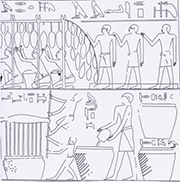 Fonseca S., Ibrahim M.
Fonseca S., Ibrahim M.
Actas Jovens em Investigação Arqueológica (JIA 2011), volumen 1(2012): 17-22.
ABSTRACT: The Complete Study of Viticulture and Oenology in the Egyptian Tombs project, Irep en Kemet, Wine of Ancient Egypt, is a three-year scientific research project from the Universidade Nova de Lisboa, under direction of Dra. Maria Rosa Guasch Jané, and funded by the Fundaçao para a Ciencia e a Tecnologia (FCT) in Portugal.
The meaning of wine in Egyptian tombs: the three amphorae from Tutankhamun's burial chamber
Antiquity 85 (2011): 851-858.
ABSTRACT: Three wine jars in Tutankhamun’s fabulously preserved burial chamber had been opened and placed east, west and south of the sarcophagus. By means of inscriptions, endorsed by residue analysis, the author distinguishes the contents as red wine, white wine and a high quality fortified wine, and goes on argue for specific symbolic meanings for these choices in the context of religious change after Akhenaten.
First evidence of white wine in ancient Egypt from Tutankhamun’s tomb
Guasch-Jané M.R., Andrés Lacueva C., Jáuregui O., Lamuela-Raventós R.M.
Journal of Archaeological Science 33 (2006): 98-101.
ABSTRACT: Wine has been considered to be mainly red in ancient Egypt linked with the blood of Osiris, the God of resurrection. No text that refers to white wines from the Dynastic Period (3150-332 BC) exists. The first white wine from ancient Egypt was made near Alexandria during the third century AD.
The origin of the ancient Egyptian drink Shedeh revealed using LC/MS/MS
Guasch-Jané M.R., Andrés-Lacueva C., Jáuregui O., Lamuela-Raventós, R.M.
Journal of Archaeological Science 33 (2006): 98-101.
ABSTRACT: Ancient Egyptians were buried with the most precious food and drink as sustenance for their afterlife. One of these was Shedeh, the most valued and appreciated beverage in ancient Egypt. The botanic origin of Shedeh remains unclear as no mention of its raw material has survived.


